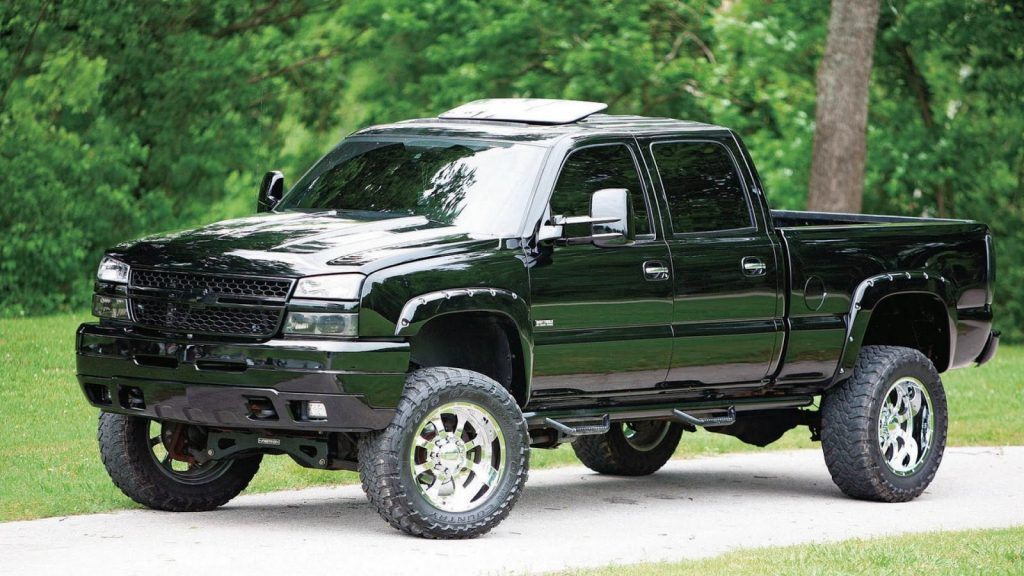 More than any other vehicle class, pickups come in an astounding array of varieties. Pickups can be equipped with various size engines, rear-wheel or four-wheel drive, different-sized cabs and you also have your choice of box (cargo compartment) sizes. To decide on how much pickup you need, you first have to determine exactly what you’re going to use it for.
More than any other vehicle class, pickups come in an astounding array of varieties. Pickups can be equipped with various size engines, rear-wheel or four-wheel drive, different-sized cabs and you also have your choice of box (cargo compartment) sizes. To decide on how much pickup you need, you first have to determine exactly what you’re going to use it for.
Cab Size
The first variable concerns how many people will be riding in the truck. If it’s two, you’re okay with a regular cab. But if it’s more than that, you need an extended or crew (also called double) cab with an extra row of seats. Extended cabs are smaller and generally only suitable for younger children or short trips. If your lifestyle calls for longer trips with full-sized passengers, you might need a crew cab.
Engine
Then you have to decide on an engine. The decision is usually based on how much power you need as opposed to how much money you want to save on fuel. It’s important to do your homework and not automatically choose a V8. Unless you’re pulling or carrying huge loads frequently, most V6s are powerful enough these days. Take, for example, the base 4.3-litre V6 in the Chevy Silverado and GMC Sierra. With 285 horsepower, it actually has five more than the limited-edition, Ferrari-beating GMC Syclone high-performance truck that caused such a stir among enthusiasts in the 1990s.
Drivetrain
I’m a big advocate of four-wheel drive, my first car was a pickup for safety reasons – I like having the extra traction when the weather gets sloppy or the road gets bad. But if your pickup never leaves paved roads, you have to weigh those advantages against the extra initial cost and fuel consumption.
And just as cab size depends on who’s riding in the truck, box size should be determined by what you plan to haul. If you need drywall to lie flat, you’ll need a wide box. If you’re hauling two by fours and don’t want to have them hang out the back, you may need a longer box. Although step-side pickups might look cool, they have the narrowest and least useful boxes.
If you’re happy with your cab size, engine choice, drivetrain and box decisions, then comes the hard part — deciding what you can afford. Shop your favorite manufacturers and look for rebates and financing or leasing deals. While you’re at it, take a close look at the available warranties; they can save a lot of money if you keep your truck over an extended period.
And, finally, take a long test drive. If you’re going to drive a pickup — either to and from or as work — you’re going to want to be comfortable in it.
Jerry Langton is the author of four national bestsellers. He has also written for some of the best-known publications in North America. His work has appeared in The Toronto Star, The Globe and Mail, National Post, The Hamilton Spectator, Maclean’s, CBC.ca, The Daily News, The Star-Ledger, Yahoo!, MSN.ca and dozens of others.

